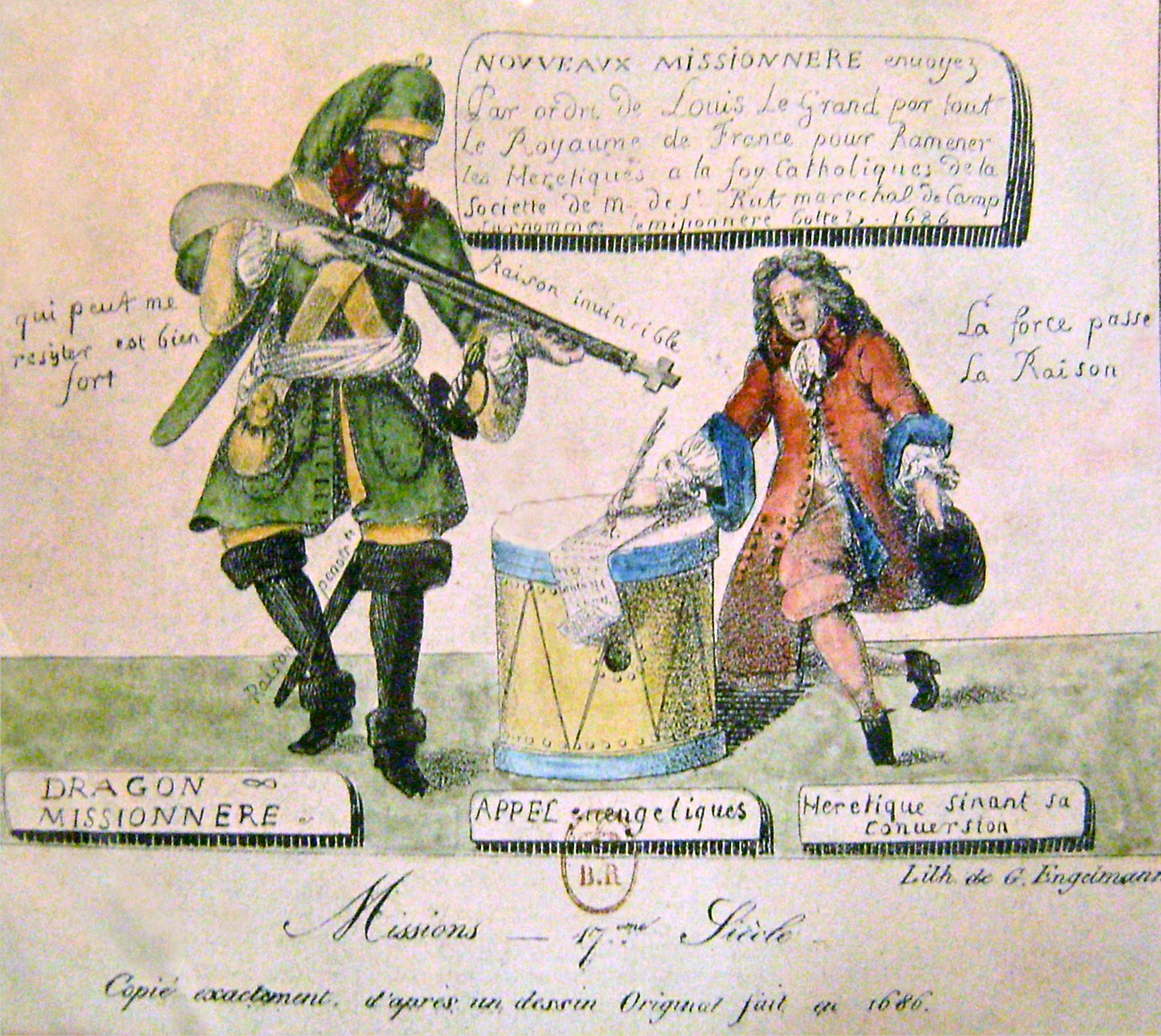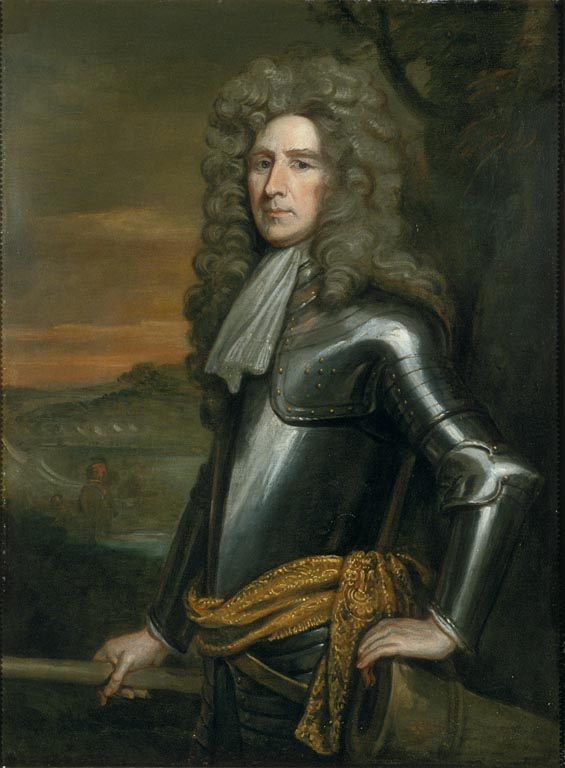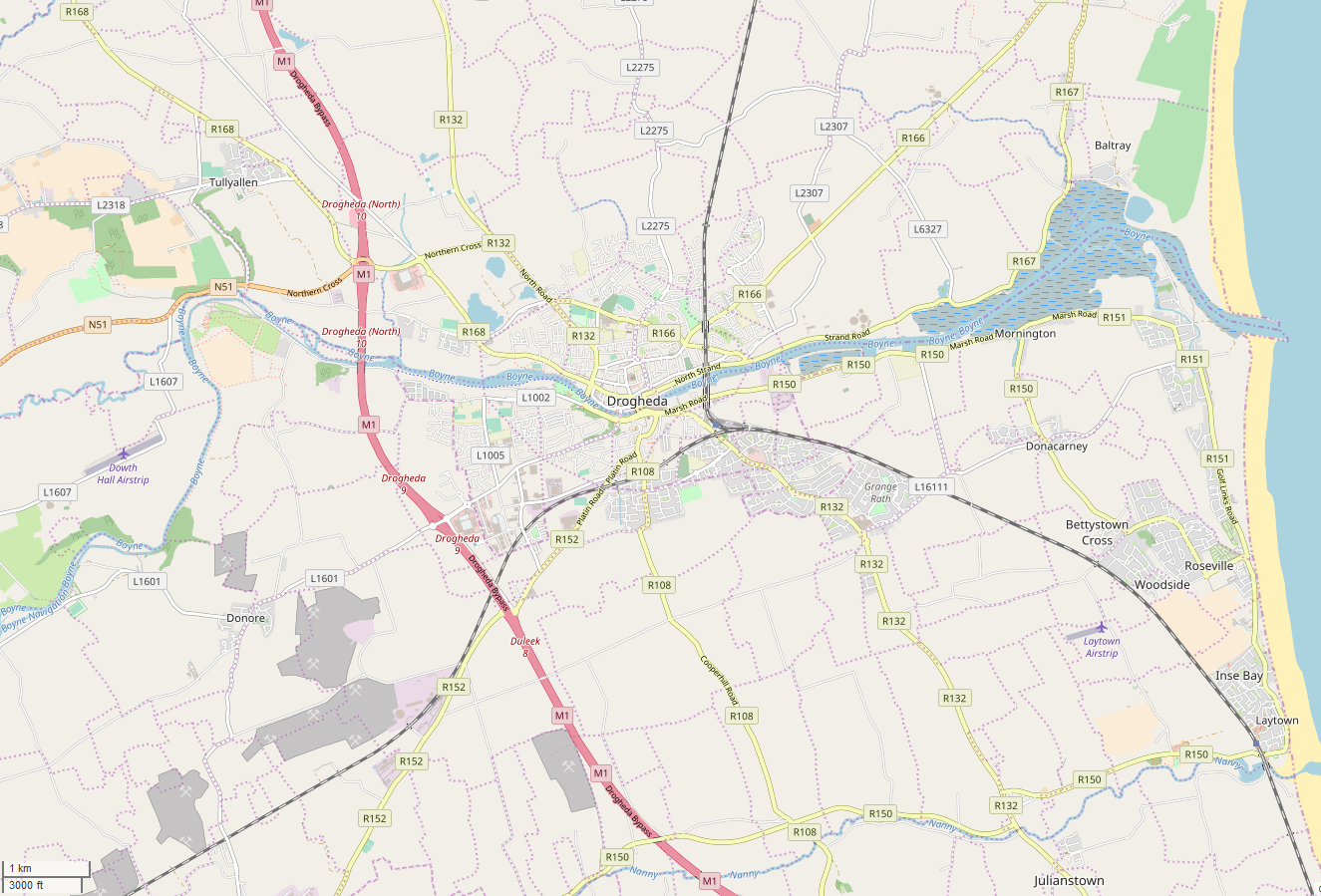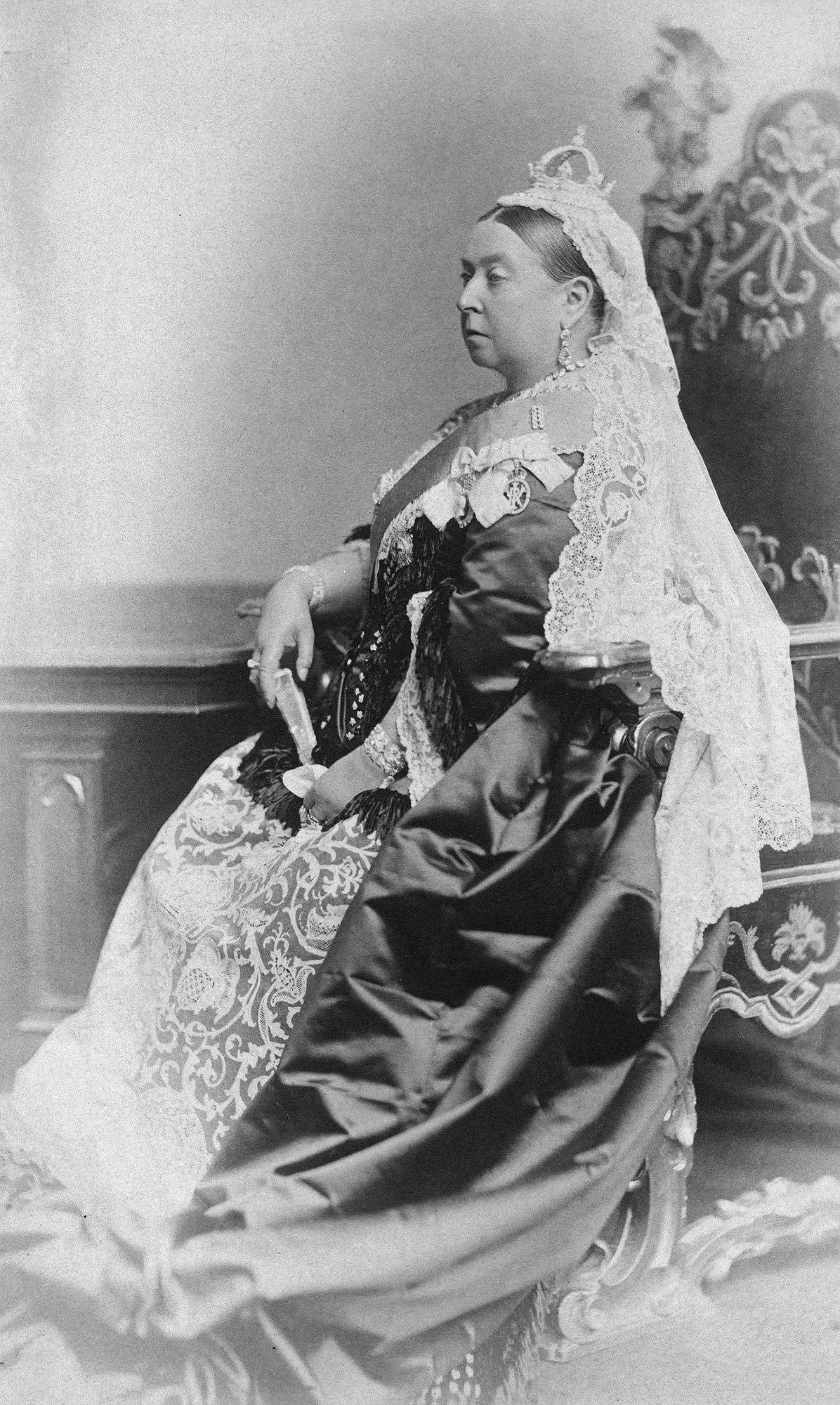|
Battle Of The Boyne
The Battle of the Boyne ( ga, Cath na Bóinne ) was a battle in 1690 between the forces of the deposed King James II of England and Ireland, VII of Scotland, and those of King William III who, with his wife Queen Mary II (his cousin and James's daughter), had acceded to the Crowns of England and Scotland in 1689. The battle took place across the River Boyne close to the town of Drogheda in the Kingdom of Ireland, modern-day Republic of Ireland, and resulted in a victory for William. This turned the tide in James's failed attempt to regain the British crown and ultimately aided in ensuring the continued Protestant ascendancy in Ireland. The battle took place on 1 July 1690 O.S. William's forces defeated James's army, which consisted mostly of raw recruits. Although the Williamite War in Ireland continued until the signing of the Treaty of Limerick in October 1691, James fled to France after the Boyne, never to return. Background The battle was a major encounter in ... [...More Info...] [...Related Items...] OR: [Wikipedia] [Google] [Baidu] |
Williamite War In Ireland
The Williamite War in Ireland (1688–1691; ga, Cogadh an Dá Rí, "war of the two kings"), was a conflict between Jacobite supporters of deposed monarch James II and Williamite supporters of his successor, William III. It is also called the Jacobite War in Ireland, Williamite Conquest of Ireland, or the Williamite–Jacobite War in Ireland. The proximate cause of the war was the Glorious Revolution of 1688, in which James, a Catholic, was overthrown as king of England, Ireland and Scotland and replaced by his Protestant daughter Mary and nephew and son-in-law William, ruling as joint monarchs. James's supporters initially retained control of Ireland, which he hoped to use as a base for a campaign to reclaim all three kingdoms. The conflict in Ireland also involved long-standing domestic issues of land ownership, religion and civic rights; most Irish Catholics supported James in the hope he would address their grievances. A small number of English and Scottish Catholics, an ... [...More Info...] [...Related Items...] OR: [Wikipedia] [Google] [Baidu] |
Ferdinand Willem, Duke Of Wurttemberg-Neuenstadt
Ferdinand is a Germanic name composed of the elements "protection", "peace" (PIE "to love, to make peace") or alternatively "journey, travel", Proto-Germanic , abstract noun from root "to fare, travel" (PIE , "to lead, pass over"), and "courage" or "ready, prepared" related to Old High German "to risk, venture." The name was adopted in Romance languages from its use in the Visigothic Kingdom. It is reconstructed as either Gothic or . It became popular in German-speaking Europe only from the 16th century, with Habsburg rule over Spain. Variants of the name include , , , and in Spanish, in Catalan, and and in Portuguese. The French forms are , '' Fernand'', and , and it is '' Ferdinando'' and in Italian. In Hungarian both and are used equally. The Dutch forms are and '' Ferry''. There are numerous short forms in many languages, such as the Finnish . There is a feminine Spanish, Portuguese and Italian form, . Royalty Aragón/León/Castile/Spain *Ferdi ... [...More Info...] [...Related Items...] OR: [Wikipedia] [Google] [Baidu] |
Grand Alliance (League Of Augsburg)
The Grand Alliance was the anti-French coalition formed on 20 December 1689 between the Dutch Republic, England and the Holy Roman Empire. It was signed by the two leading opponents of France: William III, Stadtholder of the Dutch Republic and ( since April 1689) King of England, and Emperor Leopold, on behalf of the Archduchy of Austria. With the later additions of Spain and Savoy, the coalition fought the 1688–1697 Nine Years' War against France that ended with the 1697 Treaty of Ryswick. The Second Grand Alliance was reformed by the 1701 Treaty of The Hague prior to the War of the Spanish Succession and was dissolved after the 1713 Treaty of Utrecht. Background The Grand Alliance was the most significant of the coalitions formed in response to the wars of Louis XIV that began in 1667 and ended in 1714. Post-1648, French expansion was helped by the decline of Spanish power while the Peace of Westphalia formalised religious divisions within the Holy Roman Empire. This ... [...More Info...] [...Related Items...] OR: [Wikipedia] [Google] [Baidu] |
Invitation To William
The ''Invitation to William'' was a letter sent by seven notable English nobles, later called "the Immortal Seven", to stadtholder William III, Prince of Orange, received by him on 30 June 1688 (Julian calendar, 10 July Gregorian calendar). In England, the heir apparent to the throne, James Francis Edward Stuart, had just been born to the unpopular King James II of England, and baptised a Catholic. The letter asked William, who was a nephew and son-in-law of James II, to use military intervention to force the king to make his eldest daughter, Mary, William's Protestant wife, his heir. The letter alleged that the newborn prince was an impostor. The letter informed William that if he were to land in England with a small army, the signatories and their allies would rise up and support him. The ''Invitation'' briefly rehashed the grievances against King James. It claimed that the king's son was supposititious (fraudulently substituted) and that the English people generally believ ... [...More Info...] [...Related Items...] OR: [Wikipedia] [Google] [Baidu] |
Treaty Of Limerick
}), signed on 3 October 1691, ended the 1689 to 1691 Williamite War in Ireland, a conflict related to the 1688 to 1697 Nine Years' War. It consisted of two separate agreements, one with military terms of surrender, signed by commanders of a French expeditionary force and Irish Jacobites loyal to the exiled James II. Baron de Ginkell, leader of government forces in Ireland, signed on behalf of William III and his wife Mary II. It allowed Jacobite units to be transported to France, the diaspora known as the Flight of the Wild Geese. The other set out conditions for those who remained, including guarantees of religious freedom for Catholics, and retention of property for those who remained in Ireland. Many were subsequently altered or ignored, establishing the Protestant Ascendancy that dominated Ireland until the Catholic emancipation in the first half of the 19th century. Background William's victory at the Battle of Boyne in July 1690 was less decisive than appeared at the ... [...More Info...] [...Related Items...] OR: [Wikipedia] [Google] [Baidu] |
Protestant Ascendancy
The ''Protestant Ascendancy'', known simply as the ''Ascendancy'', was the political, economic, and social domination of Ireland between the 17th century and the early 20th century by a minority of landowners, Protestant clergy, and members of the professions, all members of the Established Church (Anglican; Church of Ireland or the Church of England). The Ascendancy excluded other groups from politics and the elite, most numerous among them Roman Catholics but also members of the Presbyterian and other Protestant denominations, along with non-Christians such as Jews, until the Reform Acts (1832–1928). The gradual dispossession of large holdings belonging to several hundred native Catholic nobility and other landowners in Ireland took place in various stages from the reigns of the Catholic Mary I (1553–1558) and her Protestant half-sister Elizabeth I (1558–1603) onwards. Unsuccessful revolts against English rule in 1595–1603 and 1641–53 and then the 1689–91 Williamite ... [...More Info...] [...Related Items...] OR: [Wikipedia] [Google] [Baidu] |
Ireland
Ireland ( ; ga, Éire ; Ulster Scots dialect, Ulster-Scots: ) is an island in the Atlantic Ocean, North Atlantic Ocean, in Northwestern Europe, north-western Europe. It is separated from Great Britain to its east by the North Channel (Great Britain and Ireland), North Channel, the Irish Sea, and St George's Channel. Ireland is the List of islands of the British Isles, second-largest island of the British Isles, the List of European islands by area, third-largest in Europe, and the List of islands by area, twentieth-largest on Earth. Geopolitically, Ireland is divided between the Republic of Ireland (officially Names of the Irish state, named Ireland), which covers five-sixths of the island, and Northern Ireland, which is part of the United Kingdom. As of 2022, the Irish population analysis, population of the entire island is just over 7 million, with 5.1 million living in the Republic of Ireland and 1.9 million in Northern Ireland, ranking it the List of European islan ... [...More Info...] [...Related Items...] OR: [Wikipedia] [Google] [Baidu] |
Kingdom Of Ireland
The Kingdom of Ireland ( ga, label=Classical Irish, an Ríoghacht Éireann; ga, label=Modern Irish, an Ríocht Éireann, ) was a monarchy on the island of Ireland that was a client state of England and then of Great Britain. It existed from 1542 until 1801. It was ruled by the monarchs of England and then of Great Britain, and administered from Dublin Castle by a viceroy appointed by the English king: the Lord Deputy of Ireland. It had a parliament, composed of Anglo-Irish and native nobles. From 1661 until 1801, the administration controlled an army. A Protestant state church, the Church of Ireland, was established. Although styled a kingdom, for most of its history it was, ''de facto'', an English dependency.MacInnes, Allan. ''Union and Empire: The Making of the United Kingdom in 1707''. Cambridge University Press, 2007. p.109 This status was enshrined in Poynings' Law and in the Declaratory Act of 1719. The territory of the kingdom comprised that of the former Lords ... [...More Info...] [...Related Items...] OR: [Wikipedia] [Google] [Baidu] |
Drogheda
Drogheda ( , ; , meaning "bridge at the ford") is an industrial and port town in County Louth on the east coast of Ireland, north of Dublin. It is located on the Dublin–Belfast corridor on the east coast of Ireland, mostly in County Louth but with the south fringes of the town in County Meath, north of Dublin. Drogheda has a population of approximately 41,000 inhabitants (2016), making it the List of settlements on the island of Ireland by population, eleventh largest settlement by population in all of Ireland, and the largest town in the Republic of Ireland by both population and area. It is the last bridging point on the River Boyne before it enters the Irish Sea. The UNESCO World Heritage Site of Newgrange is located west of the town. Drogheda was founded as two separately administered towns in two different territories: Drogheda-in-Kingdom of Meath, Meath (i.e. the Lordship of Meath, Lordship and Liberty of Meath, from which a charter was granted in 1194) and Drogheda ... [...More Info...] [...Related Items...] OR: [Wikipedia] [Google] [Baidu] |
River Boyne
The River Boyne ( ga, An Bhóinn or ''Abhainn na Bóinne'') is a river in Leinster, Ireland, the course of which is about long. It rises at Trinity Well, Newberry Hall, near Carbury, County Kildare, and flows towards the Northeast through County Meath to reach the Irish Sea between Mornington, County Meath, and Baltray, County Louth. Names and etymology This river has been known since ancient times. The Greek geographer Ptolemy drew a map of Ireland in the 2nd century which included the Boyne, which he called (''Bouwinda'') or (''Boubinda''), which in Celtic means "white cow" ( ga, bó fhionn). During the High Middle Ages, Giraldus Cambrensis called it the ''Boandus''. In Irish mythology it is said that the river was created by the goddess Boann and Boyne is an anglicised form of the name. In other legends, it was in this river where Fionn mac Cumhail captured Fiontán, the Salmon of Knowledge. The Meath section of the Boyne was also known as ''Smior Fionn Feidhlimthe'' ... [...More Info...] [...Related Items...] OR: [Wikipedia] [Google] [Baidu] |
Crown And Parliament Recognition Act 1689
The Crown and Parliament Recognition Act 1689 (2 Will & Mary c 1) was an Act of the Parliament of England, passed in 1690. It was designed to confirm the succession to the throne of King William III and Queen Mary II of England and to confirm the validity of the laws passed by the Convention Parliament which had been irregularly convened following the Glorious Revolution and the end of James II's reign. This Act is still wholly in force in England and Wales (as of 2021). Reason for the Act The Act was passed because in 1688 King James II of England was deposed (he was deemed to have abdicated) and replaced as king by William and Mary, who ruled jointly. However this could not be achieved without an Act of Parliament to approve it. Since no parliament was in existence at the time, it was necessary to convene one, but under the constitution only the King could summon a parliament. In the absence of a king to do so, the members of the previous parliament convened a new one them ... [...More Info...] [...Related Items...] OR: [Wikipedia] [Google] [Baidu] |
Poynings' Law (on Certification Of Acts)
Poynings' Law or the Statute of Drogheda ( 10 Hen.7 c.4 'The Irish Statutes'' numberingor 10 Hen.7 c.9 'Analecta Hibernica'' numbering later titled "An Act that no Parliament be holden in this Land until the Acts be certified into England") was a 1494 Act of the Parliament of Ireland which provided that the parliament could not meet until its proposed legislation had been approved both by Ireland's Lord Deputy and Privy Council and by England's monarch (the Lord of Ireland) and Privy Council. It was a major grievance in 18th-century Ireland, was amended by the Constitution of 1782, rendered moot by the Acts of Union 1800, and repealed by the Statute Law Revision (Ireland) Act 1878. Background Poynings' Parliament was called by Sir Edward Poynings in his capacity as Lord Deputy of Ireland, appointed by King Henry VII of England in his capacity as Lord of Ireland. Coming in the aftermath of the divisive Wars of the Roses, Poynings' intention was to make Ireland once aga ... [...More Info...] [...Related Items...] OR: [Wikipedia] [Google] [Baidu] |
.jpg)







